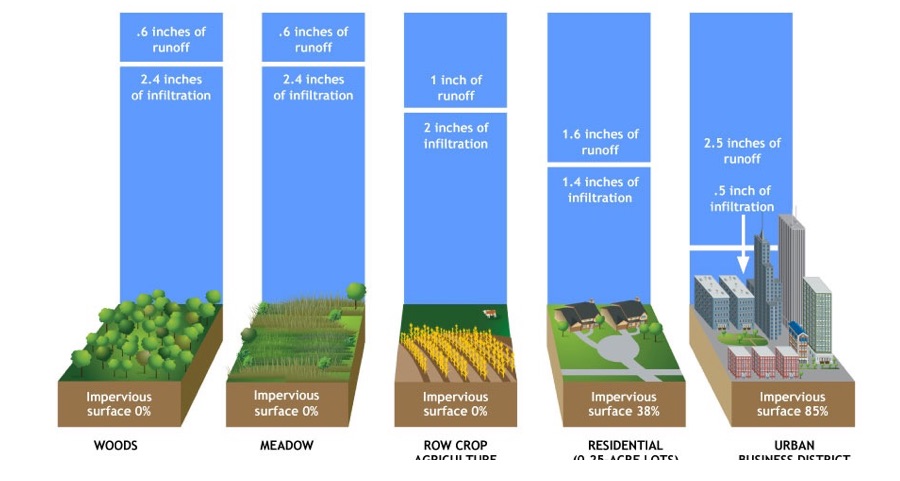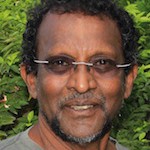Horses To Water
 All of our experience after events catastrophic events point to the inability of the bureaucracy to adapt to changing times and be abreast of current information. If they did, they would know that tunneling in the fractured rocks of the Poonagala range could lead to disasters like the massive landslide experienced Meeriyabadde the drying up of wells around Bandarawela. The environmental Impact Report that cleared the infamous Uma Oya diversion project has not addressed any of these possibilities. If the bureaucrat or so-called ‘scientist’ who wrote this, does not have an education sufficient to understand these needs for national security, it will be easy for him to approve projects in the interest of the ‘investor’. The investor has become somewhat of a holy figure. One, whom we should not frighten away or criticize. One, without whose investment, we will slide into economic darkness. So these people would sacrifice the wellbeing of our motherland in the service of their ‘investment’ gods, telling us that if they do not do so, we are doomed to an economic hell.
All of our experience after events catastrophic events point to the inability of the bureaucracy to adapt to changing times and be abreast of current information. If they did, they would know that tunneling in the fractured rocks of the Poonagala range could lead to disasters like the massive landslide experienced Meeriyabadde the drying up of wells around Bandarawela. The environmental Impact Report that cleared the infamous Uma Oya diversion project has not addressed any of these possibilities. If the bureaucrat or so-called ‘scientist’ who wrote this, does not have an education sufficient to understand these needs for national security, it will be easy for him to approve projects in the interest of the ‘investor’. The investor has become somewhat of a holy figure. One, whom we should not frighten away or criticize. One, without whose investment, we will slide into economic darkness. So these people would sacrifice the wellbeing of our motherland in the service of their ‘investment’ gods, telling us that if they do not do so, we are doomed to an economic hell.
Another amazing piece of public effrontery are the recent advertisements calling for designs for the Port City. While it is public knowledge that a phase 2 EIA MUST be submitted for approval before any construction begins. The businessmen are laying the foundations. There has been no outcry from the bureaucrats charged with the duty of obtaining such an EIA and approving it before any activity begins on the filled land. That silly lopsided argument that “we are contractually bound’ can only have validity if the contract did not break the laws of the land. In the case f the ‘port city’, the operators have flouted the laws of this land over and over again. Yet the voice boxes of the businessmen, the politicians, tell us, ‘oh, we have contractual obligation’. To add insult to injury, the operators are pumping toxic marine sediment with their landfill, without any assurance as to the effect of the dust created thereby. The mere fact that activity is allowed before any of these lapses in law have been addressed is a slap in the face of the Sri Lankan public and an indictment of our legal system.
And have course the floods! At one time about three years ago, when I was requested to suggest and advise on the proposed mega urban constructions. I suggested that: it should be ‘A cadenza of urban centers joined by a high-speed efficient, non-fossil transportation system. Each urban center located and identified within a watershed. The maximal sustainable yield of ecosystem services of each watershed will be the defining parameters of growth for each center. Each center will strive to develop the primary production of that watershed to its highest value. Each center will pay the producers of the ecosystem services within their particular watershed.’
1. The most efficient high-speed transport is the electrically driven rail or monorail systems. Fast and efficient, the only drawback is the number of users to make its operation cost effective. Thus transporting between major urban centers would seem to fulfill this need in Sri Lanka. Once a transport backbone has been built using this system, the second level need or transport local should be handled by electrically driven taxis, three wheelers etc. The current technology will enable the construction of solar collectors along the line and at the urban hubs. As much of the transport is active during the day, these collecting units could feed the grid and/or set up charging capacity at the docking sites where the passengers change to local transport.
2. Sri Lanka being an island with a radial drainage system has well identified watersheds, many of which have been studied extensively. The collection of baseline data for each watershed in which an urban center will be developed will crate a definable boundary for each center, where the center will be responsible for the development of the total watershed and the percentage of impervious surfaces allowed.
3. As each watershed has a set amount of water discharge and as a set quantity of water will be required for production and conservation in the rural sector. A maximal extractable limit should be established, a similar study and limits set for impervious surfaces, air quality and biomass.
4. Each center will often be located in areas that produce unique primary products with future high value applications. It could be mineral as in the case of Mineral sands or Graphite, or agricultural, as in the case of spices and high value phytochemicals. The value adding industries should be encouraged and supported to begin r&d and identify the center as a center of excellence
The health and well being of all persons living within a watershed depends on the volume of ecosystem services being produced in the watershed. Thus it is just to pay for the ecosystem services the center enjoys. With the current drive to give a value for ecosystem services globally and with the statements that are being made in this regard by the President. Computing an ES payment based on ESP’s could bring in the rural segment of the watershed as a full partner of the center.
The health and well being of all persons living within a watershed depends on the volume of ecosystem services being produced in the watershed. Thus it is just to pay for the ecosystem services the center enjoys. With the current drive to give a value for ecosystem services globally and with the statements that are being made in this regard by the President. Computing an ES payment based on ESP’s could bring in the rural segment of the watershed as a full partner of the center.

